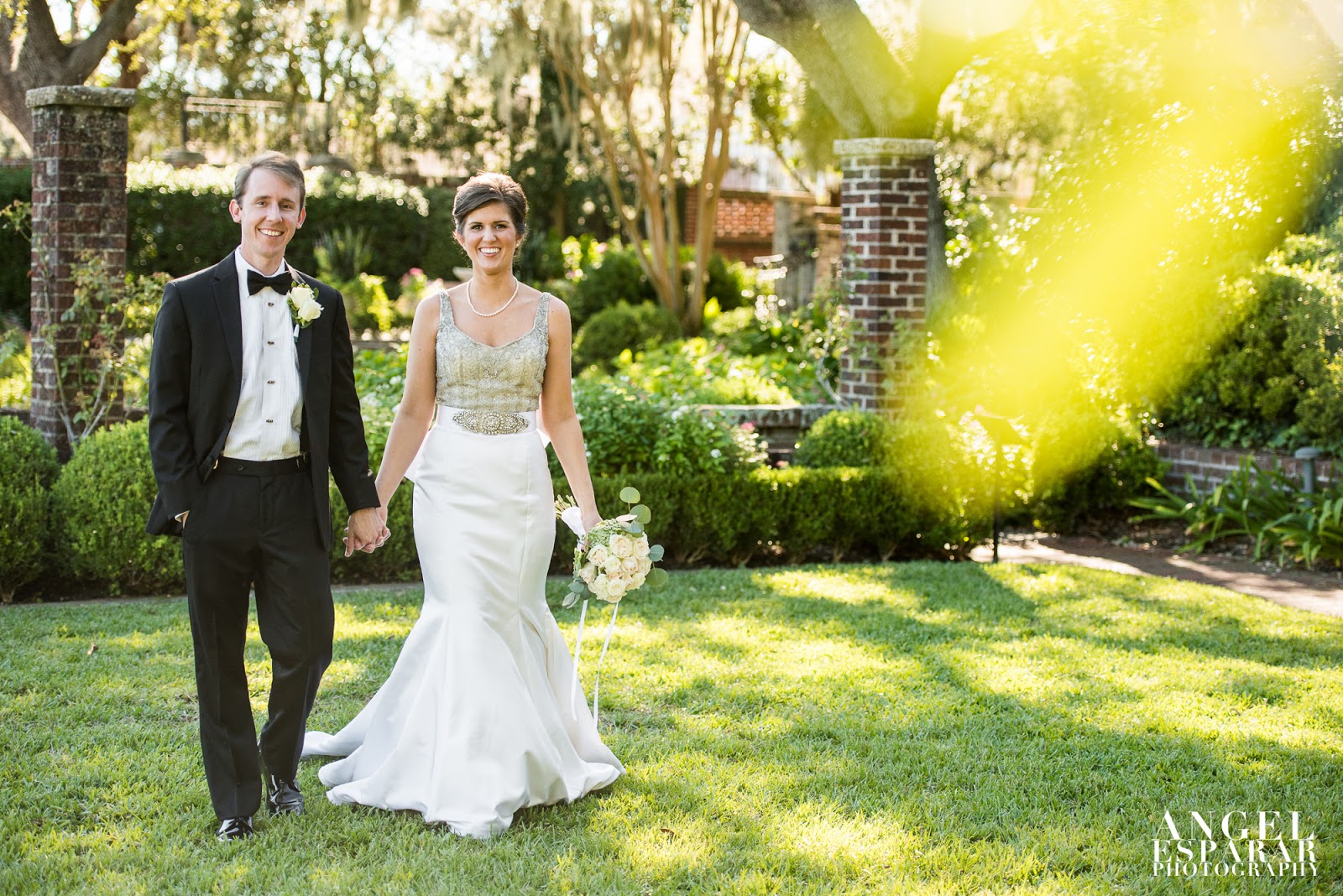During a ceremony, there are so moments that we can capture.
There are so many shots that need to be taken during a typically short period
of time. On average, the ceremonies I photograph are between 10-15 minutes
long. If I get lucky, I will work a 20-30 minute ceremony. One of my main characteristics
as a photographer is remaining subtle, discreet, or even unseen during the
event to maintain the solemnity and intimacy of the wedding. After all, who
wants to hear the noise of the shutter constantly clicking, or the flash of a
camera constantly lighting up in an intimate setting? Here are four tips to
maintaining less of a distraction as possible.
(1)
If at all possible, restrain from using flash. A handful of years
ago, cameras weren’t as powerful in low light conditions. Today, there’s really
no excuse. If you’re not in a pitch black environment, crank up that ISO.
Pretend you’re a ninja, and capture the day. The guests will appreciate you,
the bride and groom will be thankful they can hear each others' vows, and you and your flash will be less of a
distraction.
I’m not saying that it is bad to use a flash during the
ceremony. In fact, I love using flash for some creative pictures. If you’re
using flash, keep it to a minimum. Compose your shot, wait for the right
moment, and click the shutter.
(2)
If you have enough space, use a telephoto lens (ie.
70-200mm). I love to act like a ninja. I mean, I won’t go around running in
circles and jumping around the walls, but I prefer to be unseen. I believe,
that as a wedding photographer, the ceremony is the most sacred part of the
day. Sure, I will get up close and give directions during the preparation,
formal, and family portraits. However, I believe that it’s our job as wedding
photographers to capture the ceremony without, well, being up close to their face.
(3)
Because the processional, the prayer, the biblical readings,
the vows, the ring exchange, and so on and so forth happen so fast, I love to
carry around 2 cameras with different lenses. One is a wide angle lens, and the
other is a telephoto lens.
Instead
of constantly switching lenses throughout the ceremony, I just grab my other
camera off my waist (I use a Spiderholster and sometimes a Holdfast Moneymaker)
and continue shooting right along. It saves a ton of time. You don’t have to
carry your bag around or run back to it to switch lenses, and it makes the job
so much easier!
(4)
Keep movement and clicking to a minimum. That’s what sets a wedding photographer
and a photographer that specializes in a different field (newborns, boudoir, seniors)
apart. Wedding photographers know
the flow of a ceremony and what’s about to happen next. Because we know what’s
about to happen, we know where to place ourselves to get the best angle.
Instead of walking back and forth, we work effectively and efficiently. Same goes with clicking of the shutter.
The volume of the clicking shutter can vary from camera to camera. However, if
you’re in a church or a hall that echoes every sound, the constant clicking of
a shutter can be, well, a big distraction. It almost reminds me of a person
walking over crickety old floors while trying to keep the baby asleep. The
clicking of a shutter amplifies in certain venues. Again, focus, compose, wait
for the right moment, then click.
I hope these few tips help you photogs out there! There are
a ton of other factors that can help you
stay discreet, and, as I like to call it, go “Ninja-Style”. However,
these are the few most common I would recommend.
On a side note, I am really excited for the
Light L16 camera to come out. Have any of you out there hear about this? There is so much new technology within this compact gear, that all of this might be a thing of the past. Seriously-- I've been patiently waiting for it to come out. It's crazy how many functions this camera can do in its' compact size. I'm SO ready for it to come out so I can bring it in all my travels!
For you bride's out there, remember, it's not the camera that takes a good picture, it's the artist behind the camera. Sure, anyone can compose a picture. However, the client experience, the way your photographer manages the day, the posing, and the editing plays a big part in the end product.
Enjoy and happy shooting!
Angel





























